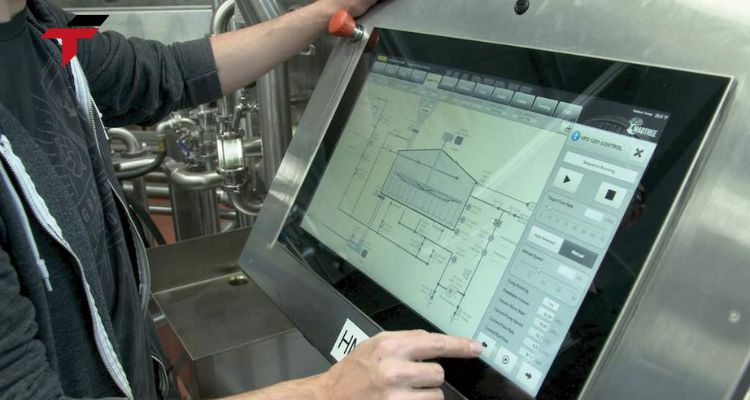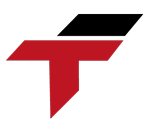Human-Machine Interfaces (HMIs) play a crucial role in connecting operators with machines in industrial automation. Over time, even the most reliable HMI systems require updates to maintain performance, compatibility, and security. Upgrading HMI software isn’t just about installing the latest version – it’s about ensuring your entire control environment operates efficiently and safely.
What Does an HMI System Upgrade Include?
An HMI upgrade refers to updating or replacing software, firmware, or hardware components to enhance system capabilities. This may include:
- Installing the latest firmware to improve performance or fix bugs.
- Upgrading HMI programming software to support new control functions.
- Migrating to a newer HMI panel that offers advanced graphics, remote access, or improved connectivity with modern PLCs.
Depending on the system, an upgrade might involve a simple software patch or a complete migration to an advanced HMI platform compatible with Industry 4.0 requirements.

What Does an HMI System Upgrade Include?
Why Should You Update Your HMI System Software?
Regularly updating your HMI system brings multiple benefits across operational, technical, and security aspects.
- Enhanced system performance: Modern updates optimize the HMI’s response speed, making interfaces smoother and improving communication between the HMI and PLCs.
- Strengthened cybersecurity: Software patches close vulnerabilities that could be exploited by malware or unauthorized access, especially critical in industries like pharmaceuticals, food processing, or energy.
- Improved device compatibility: Firmware and software updates ensure your HMI remains compatible with modern communication standards such as Ethernet/IP, Modbus TCP, OPC UA, and MQTT.
- Better visualization and usability: Newer versions often introduce touchscreen support, customizable dashboards, and real-time data visualization, enhancing operator experience.
- Greater reliability and stability: Updates help fix known issues such as display freezes, PLC disconnections, and unexpected reboots, ensuring consistent system uptime.
When Is the Right Time to Perform an HMI Software Update?
Knowing when to update your HMI is just as important as knowing how. The following are clear signs that your system needs an upgrade:
- Slower response times or lagging interfaces.
- Frequent system crashes or errors.
- Security notifications from your IT or OT department about firmware vulnerabilities.
- Integration challenges with newer PLCs, sensors, or SCADA systems.
- Requests for new features like alarm logging, cloud monitoring, or remote access.
In short, if your system shows signs of performance degradation or can’t support new operational needs, it’s time to upgrade.
How Do You Safely Update HMI Firmware and Software?
While each manufacturer has its own procedure, the general steps to update HMI firmware are similar across brands such as Siemens, Allen-Bradley, Schneider Electric, or Delta.
Step 1: Identify your HMI model and firmware version
Check your device label or navigate to the HMI settings menu to confirm model details and firmware version.
Step 2: Visit the manufacturer’s official support site
Search for the latest firmware and software packages specific to your model (e.g., Siemens Comfort Panel, Allen-Bradley PanelView).
Step 3: Download the required tools
Manufacturers often provide their own utilities for updates, such as TIA Portal for Siemens or FactoryTalk View Studio for Rockwell Automation.
Step 4: Back up your configuration
Export and securely store your current HMI project on a local or network drive for recovery purposes.
Step 5: Install and verify the update
Follow the on-screen instructions during installation, then reboot and test to ensure communication with PLCs and devices is stable.

How Do You Safely Update HMI Firmware and Software?
What Should You Keep in Mind After Updating the HMI System?
After the update, conduct a functional test to confirm that screens, alarms, and communications perform correctly. Monitor system stability over a few operational cycles. If new features were added, train operators to utilize them efficiently.
For large-scale systems or complex integrations, consider performing updates in stages or during scheduled maintenance windows to minimize downtime.
Conclusion
Updating your HMI system software is more than a maintenance task—it’s a strategic move toward reliability, performance, and future readiness. Regular updates prevent cybersecurity risks, enhance system speed, and ensure compatibility with modern automation technologies.
If you’re uncertain about update procedures or compatibility, always consult your HMI manufacturer or automation integrator. Investing in a proper upgrade today helps safeguard production continuity and reduces costly downtime in the long run.


